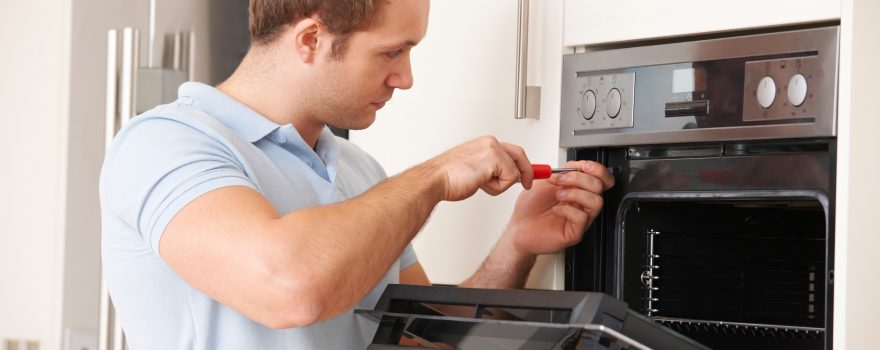Ovens are dependable workhorses in the kitchen. They can cook sumptuous dishes that make celebrations more special and memorable. It can last for around 14 years with regular maintenance and proper use.
It’s not uncommon for ovens to develop minor issues like noises, slow heating, or rusting. We tend to adapt to these little quirks. When the problems become too frequent or troublesome, we call technicians for help. Usually, a well-built oven can be repaired for decades and still produce great foods. But eventually, there will come a time when repairs are not enough, and a replacement is necessary.
A new oven can cost between $300 and $15,000, depending on the model and features. On average, homeowners spend around $2,000 to purchase and install a new oven. For many households, this is a major investment that requires preparation.
To avoid getting surprised with a sudden expense, you should observe for possible signs that suggest a replacement unit may be necessary pretty soon. Tampa appliance repair, Hartman, shares with us five important signs to look at.
Poor heat regulation
Ovens are equipped with mechanisms that ensure heat is trapped inside and is regulated throughout the range. This provides energy efficiency and even heating. There are dedicated air vents (usually at the top or bottom) where excess heat is released. It is only through these vents that heat is allowed to escape.
If you feel the heat around the oven and in areas other than the vents, you can suspect the unit is no longer properly sealed or insulated. And once the heat is escaping, thermoregulation is jeopardized. Your oven is using up more electricity and jacks your power bill. Replacing it with a new oven can significantly cut your power consumption.
Extensive rusting
A well-built oven should not rust inside, but some do. Typically, oven interior is coated with a specialized finish that is resistant to cleaning products, acidic chemicals, extreme temperatures, water, and scrubbing pads. However, some older units are not yet coated with a resistant finish, and some may have been scrubbed away over the years.
Once iron is exposed to air, rusting happens. Usually, a little rust in the chamber or on the racks is okay, but extensive rusting can pose a serious risk. Rust flakes can drop into the food, or the interior may lose its integrity and suddenly collapse. Replacing the oven is a must to avoid these unwanted scenarios.
Nearby scorched surfaces
Check the surfaces around the oven. If there are signs of scorching, it could mean oven heat is escaping the insulated chamber and is actively damaging nearby surfaces. The spots appear as circles of pale, scorch brown color on countertops. Ovens should contain heat inside and shouldn’t burn nearby surfaces. If it does, it poses a safety and fire risk. Be ready to look for a well-insulated replacement and have it properly installed.
Failure to keep the pilot light lit
Usually, gas ovens use a pilot light to ignite the gas to heat the oven. Over time, the igniters of the pilot light assembly stop working. So, every time you need to cook, you constantly have to re-light the pilot light. If you find yourself in this situation, you should start saving up a newer, electric-element oven.
Constant repairs
If your oven requires constant repairs by a professional, you may be spending more on its upkeep. This may also suggest that the oven has fully served its life span. Quite obviously, older ovens are full of equally old parts or components. And while they relatively have the “same age,” some of these parts have a slightly different lifespan. Some parts may break down earlier than the rest, and replacing them can fix the trouble.
But eventually, the old appliance will see most of its components fail in sequence. While fixing a faulty component, you may discover new trouble that leads to another one, and so on. If you can’t find the root cause of the problem and are constantly spending on repairs, you should consider buying a new one instead. With a new oven, you can ensure that the components are all-new and have good working conditions. You’ll even save more if you invest in an energy-efficient model.
These are the top five signs to watch out for in your oven. If your suspect your unit is already showing any of these signs, have it checked by a reliable appliance repair technician for appropriate diagnosis.
